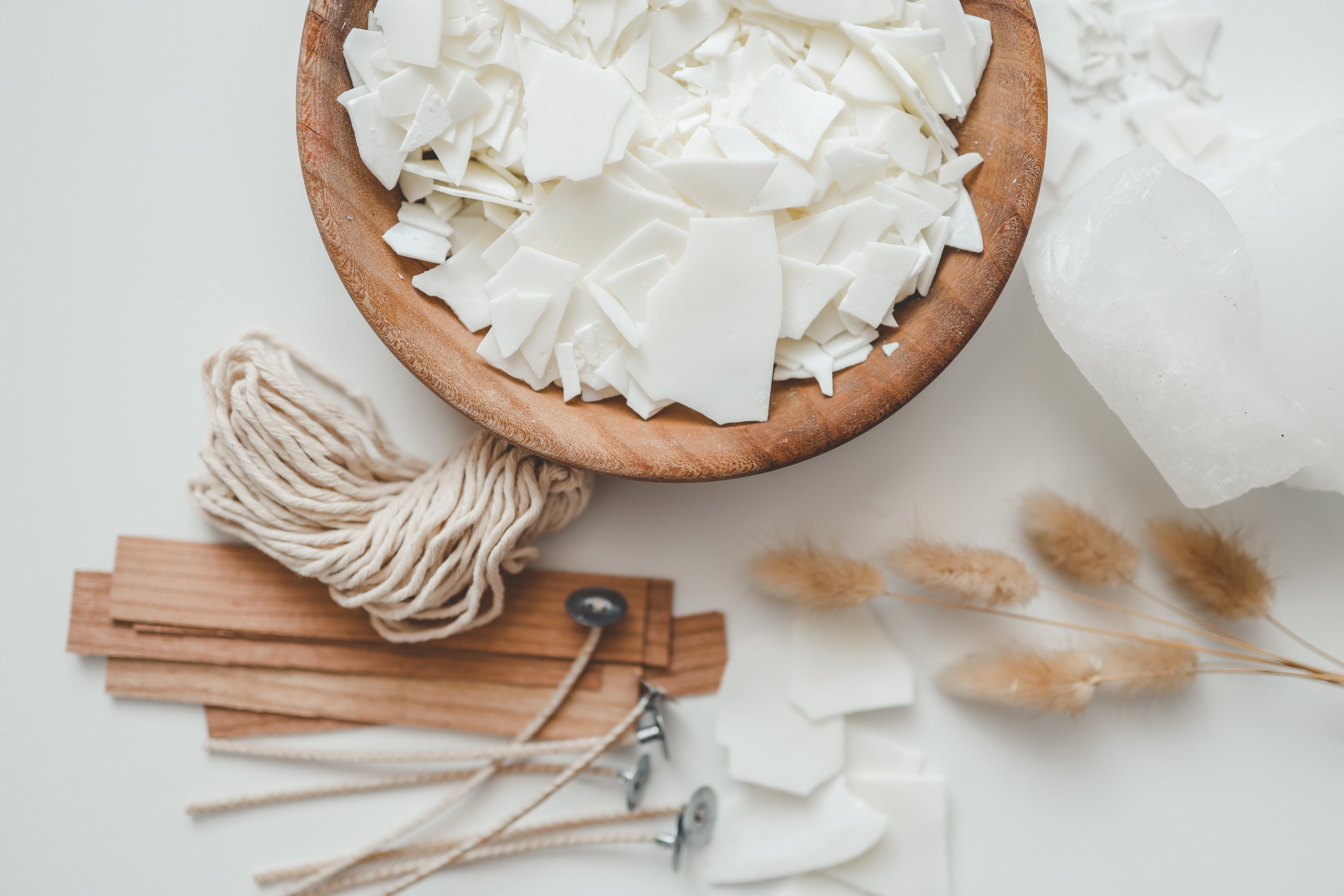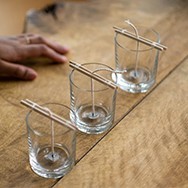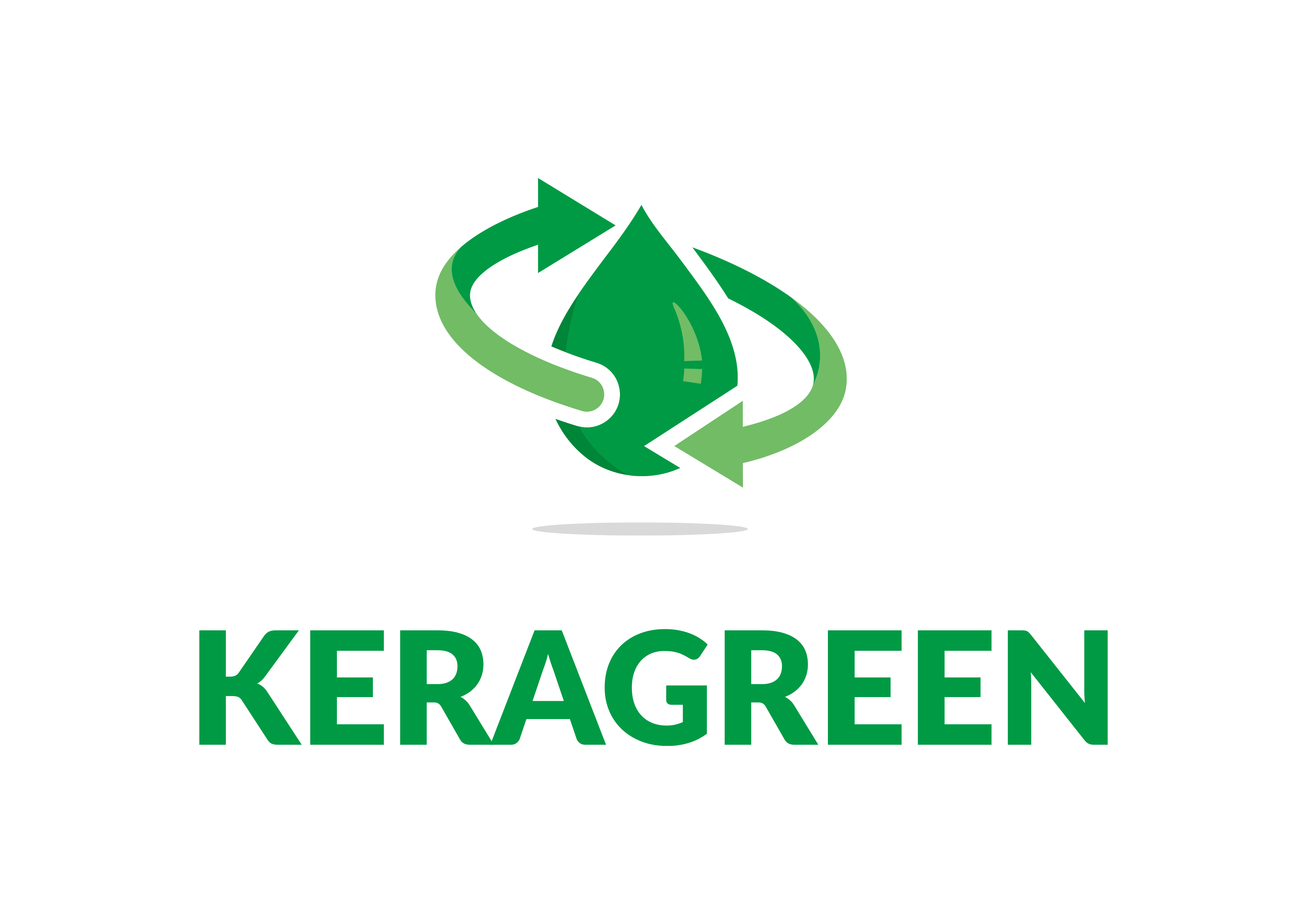-
MenuBack
-
Candle-making
-
-
Plant-based Waxes
-
-
Plant-based Waxes
-
-
-
Blended Waxes
-
-
-
-
Mineral & Animal waxes
-
-
Formulated Waxes
-
-
Additives
-
-
Our Additives
-
-
-
MenuBack
-
Candle-making
-
-
Plant-based Waxes
-
-
Plant-based Waxes
-
-
-
Blended Waxes
-
-
-
-
Mineral & Animal waxes
-
-
Formulated Waxes
-
-
Additives
-
-
Our Additives
-
-
Practical Guide: Adding Additives to Optimize Your Candles
Why Use Additives in Your Candles?
Candles are not just sources of light or decorative items—they often reflect the craftsmanship and innovation of their creator. Adding additives to your formulations can transform ordinary candles into high-quality creations. These substances help improve texture, burn quality, aesthetics, and durability.
But how can you navigate this sometimes technical world? This detailed guide will help you choose and use additives effectively to get the best results from your candles.

What Is a Candle Additive?
An additive is a substance added to a wax base to modify or enhance its properties. These additions help achieve specific goals, such as altering texture or increasing burn time. Additives can be natural or synthetic and are often designed to work with specific types of waxes (vegetable, mineral, or blended).
The Benefits of Using Additives: Enhancing Your Creations
Texture Improvement
Additives like stearic acid or paraffin can harden the wax and prevent cracking, ensuring a smooth and professional finish.
Controlled Burning
Some additives allow for a more even burn, preventing the flame from becoming too strong or irregular.
Aesthetic and Durability
Additives help stabilize colors and fragrances, ensuring that your candles remain attractive even after long storage periods.
Popular Types of Candle Additives
Hardening Additives
- Stearic Acid: Ideal for molded candles, it hardens the wax and improves unmolding.
- Polyethylene: Used to increase candle rigidity.
Transparency-Enhancing Additives
- Microcrystalline Wax: Makes wax more translucent, perfect for decorative candles.
Color and Fragrance Stabilizers
- UV Stabilizer: Protects candles from discoloration due to light exposure.
- Vybar: A versatile additive that enhances fragrance intensity and ensures even distribution.
How to Choose the Right Additive for Your Wax?
Consider the following factors:
- Wax Type: Each wax has unique properties and requires compatible additives.
- Desired Effect: Whether you aim to strengthen structure or enhance scent throw, different additives will be required.
- Recommended Ratios: Excessive additives can alter the wax's natural qualities.
Steps to Integrate Additives into Your Candle-Making Process
- Accurate Weighing: Carefully measure additives to respect recommended ratios (typically 2-10%).
- Temperature Control: Add additives to melted wax at the specified temperature, usually between 70-90°C.
- Even Mixing: Stir gently but consistently to ensure proper incorporation.
Common Mistakes to Avoid When Using Additives
- Excessive Dosage: Too many additives can make the wax brittle or alter its melting point.
- Chemical Incompatibilities: Ensure the selected additive is compatible with your wax and fragrances.
Optimize Your Candles with Well-Chosen Additives
Adding additives is a crucial step in creating professional-quality candles. By selecting the right products and respecting the proper dosages, you can enhance longevity, aesthetics, and functionality.
So why not experiment and see the difference for yourself?


